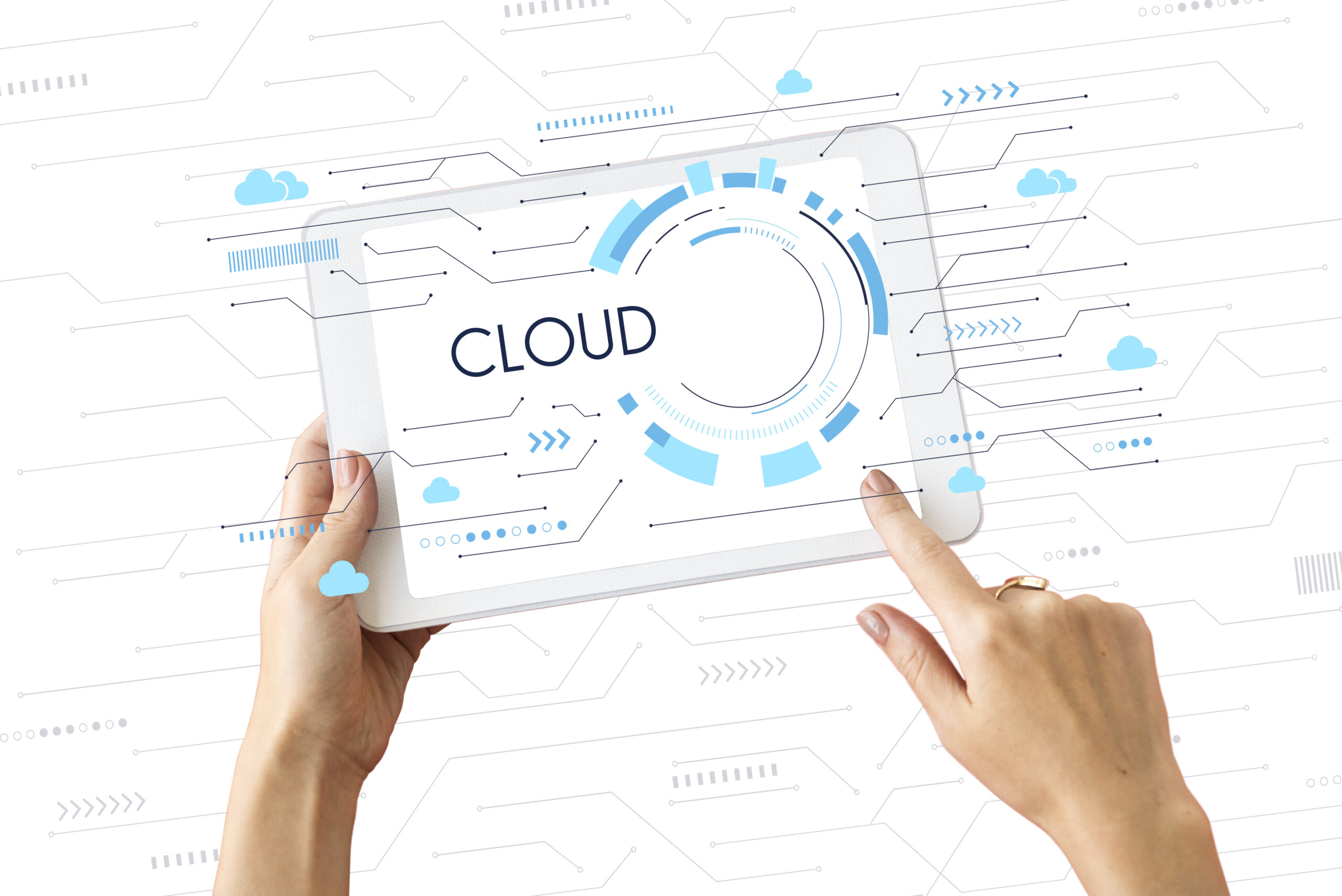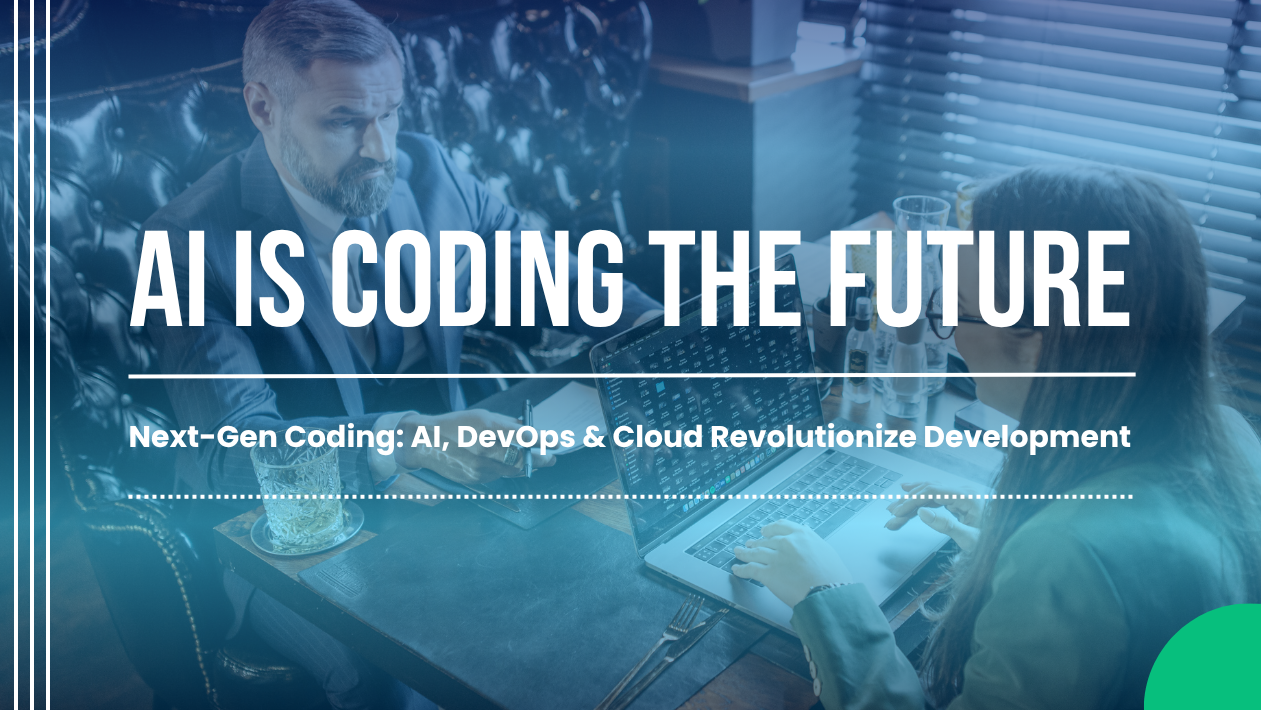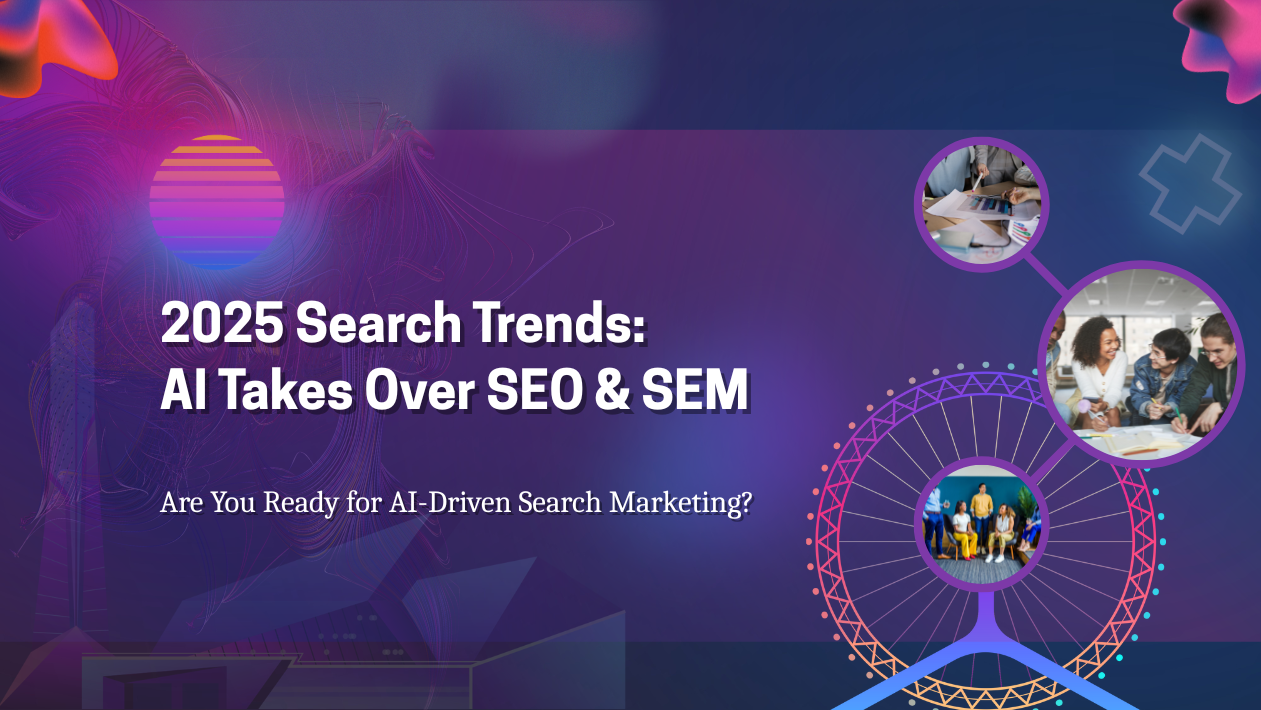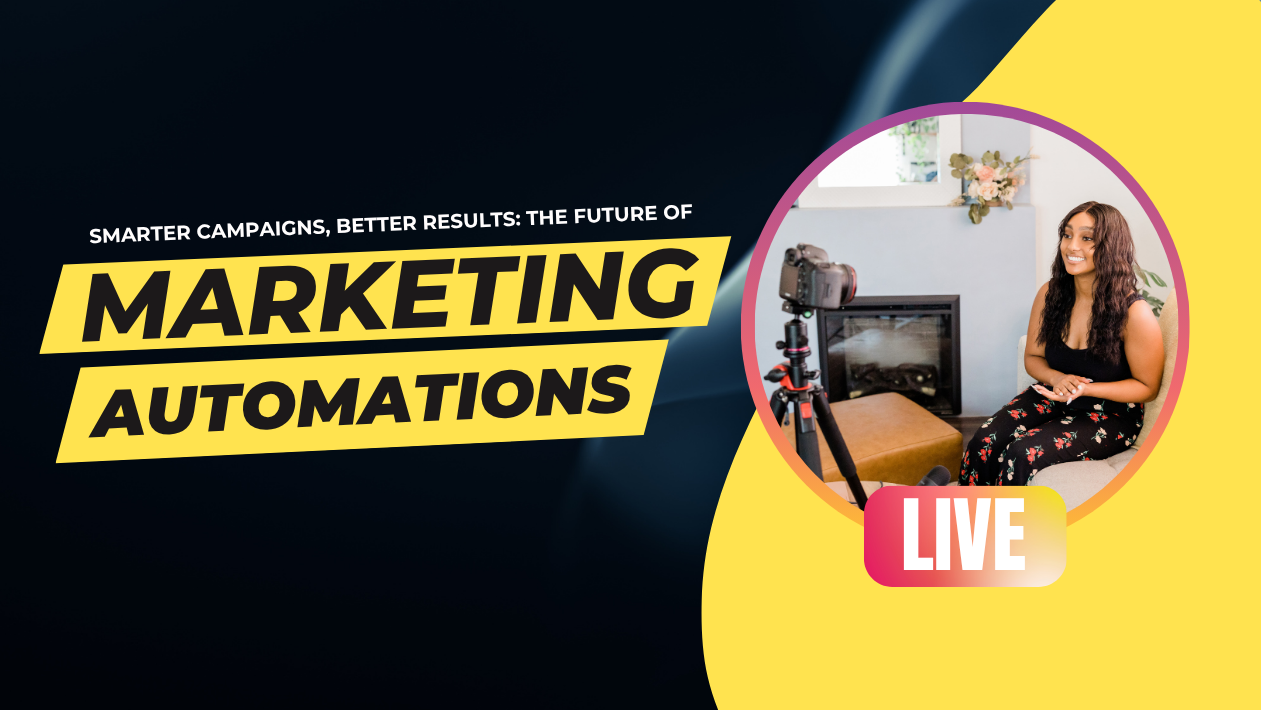Cloud computing has entered a new era in 2025, moving beyond simple infrastructure hosting to become the backbone of AI-driven enterprises. With explosive growth in AI-native cloud services, multi-cloud strategies, and edge deployments, businesses are rethinking how they build, deploy, and secure applications worldwide.
AI-Native Cloud Becomes the Standard
The rise of generative AI and large language models (LLMs) has accelerated demand for AI-optimized cloud platforms. Providers such as AWS, Microsoft Azure, Google Cloud, and Alibaba Cloud now offer GPU-rich environments, custom AI accelerators, and serverless ML pipelines tailored to heavy AI workloads.
Companies are leveraging these platforms to deploy real-time analytics, conversational AI, and predictive maintenance systems at scale.
Edge Computing Expands the Cloud’s Reach
To reduce latency and comply with data sovereignty requirements, enterprises are adopting edge computing—processing data closer to where it’s generated. Telecom operators are integrating 5G and edge nodes, allowing applications like autonomous vehicles, smart cities, and industrial IoT to function in near real time.
Analysts project global edge cloud spending will surpass $250 billion by 2027.
Multi-Cloud and Hybrid Strategies Gain Traction
Vendor lock-in concerns and compliance needs are driving multi-cloud adoption. Businesses now distribute workloads across multiple providers, using tools like Kubernetes, OpenShift, and Terraform for orchestration.
Hybrid models—where private clouds handle sensitive data and public clouds manage scalable workloads—remain essential for finance, healthcare, and government sectors.
Security and Compliance Take Center Stage
With rising cyber threats and stricter regulations like the EU Cyber Resilience Act and U.S. Federal Cloud Security Mandate, cloud providers are investing heavily in zero-trust security, quantum-safe encryption, and AI-powered threat detection.
Continuous compliance monitoring and data residency controls are now must-have features for global enterprises.
Sustainability Becomes a Competitive Differentiator
Environmental concerns are reshaping the industry. Major providers have committed to net-zero carbon operations, investing in renewable-powered data centers, liquid cooling technologies, and AI-driven energy optimization.
Enterprises are factoring carbon footprint metrics into cloud vendor selection, making sustainability a key differentiator.
Industry Impact: From Healthcare to Finance
- Healthcare: Cloud-based AI enables faster diagnostics and secure sharing of patient data.
- Finance: Real-time fraud detection and high-frequency trading rely on low-latency cloud infrastructure.
- Retail: Scalable e-commerce platforms and personalized recommendations are powered by cloud analytics.
Outlook: Intelligent, Decentralized, and Ubiquitous
In 2025, cloud computing is no longer just about storage and scalability—it’s about intelligence, flexibility, and proximity. As AI models grow larger and data volumes soar, the cloud of the future will be self-optimizing, decentralized, and seamlessly integrated into every layer of business operations.





